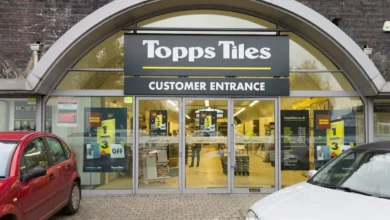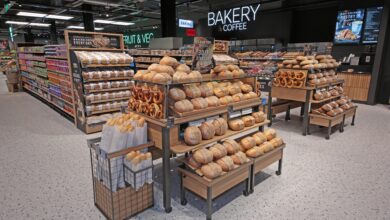The changing face of retail and retail employment

Register to get 1 free article
Reveal the article below by registering for our email newsletter.
Want unlimited access? View Plans
Already have an account? Sign in
Over the last five to 10 years we’ve all witnessed the changing face of the retail store. The early signs were evident, with Apple’s flagship stores launching as places to worship tech, the rise of experiential stores – where we’re just as likely to pop into one for a coffee or a ‘brand experience’ – and more recently the growth of demo and click-and-collect stores.
What these stores all have in common is that they are more focused on experience and brand engagement, and less on the actual transaction.
So why is the retail experience changing? If I can transact so easily online, for example buying a Tesla in seven clicks, what can brands do to motivate me to want to visit the store or showroom? This presents a significant challenge for retailers in the omnichannel world on how to combine the best of online and offline channels.
We know that some ‘traditional’ stores are closing, including high profile locations like Marks & Spencer in Covent Garden. It’s also clear that stores can be limited by a geographical footprint, high rents and the limitations of permitted opening hours when compared to the ecommerce channel.
When it comes to high-ticket items like jewellery, electronics or products that take some consideration in their purchase, consumers who buy online are more likely to purchase with the support of a trained ‘human’ product expert than without.
Depending on the product or service you offer, there is clearly still value in having both digital and physical channels. This explains why high profile retailers like Amazon Go, Made.com and Farfetch are now launching physical stores. Where I believe a huge opportunity lies is in blending these two channels and enhancing them, taking one of the most valuable sales assets a retailer has – their in-store product experts – and making them available in the farthest reaching channel, their website.
It’s not just the retail experience that is changing. Retail employment could be adversely affected by the possible loss of jobs due to automation. However, technology also brings an array of new employment opportunities, particularly becauses humans can be far more capable than automation and robots in their current forms.
Despite more data being available to the consumer than ever before, the sale of considered purchase products are currently improved dramatically by the presence of a human expert.
Online peak hours do not correspond necessarily with traditional working hours, and physical stores currently convert customers far higher than websites, so why not use existing stores and staff to support and increase online sales? This will create a pivotal new role and skills base in retail, improving the ability to sell in store using traditional techniques and combining this with new video selling skills online.
So, back to Tesla. You can do the whole purchase process online, but they’ve invested heavily in their physical presence, including high street-style stores where customers cannot test-drive or transact. They have well thought out, premium-location spaces manned by knowledgeable experts. Whilst our cars might end up driving themselves, there is still clear value in a human-driven retail experience for considered purchases.
Go Instore are revolutionising the way people shop online by bringing digital experiences to life, through their immersive live video technology and expertise.







